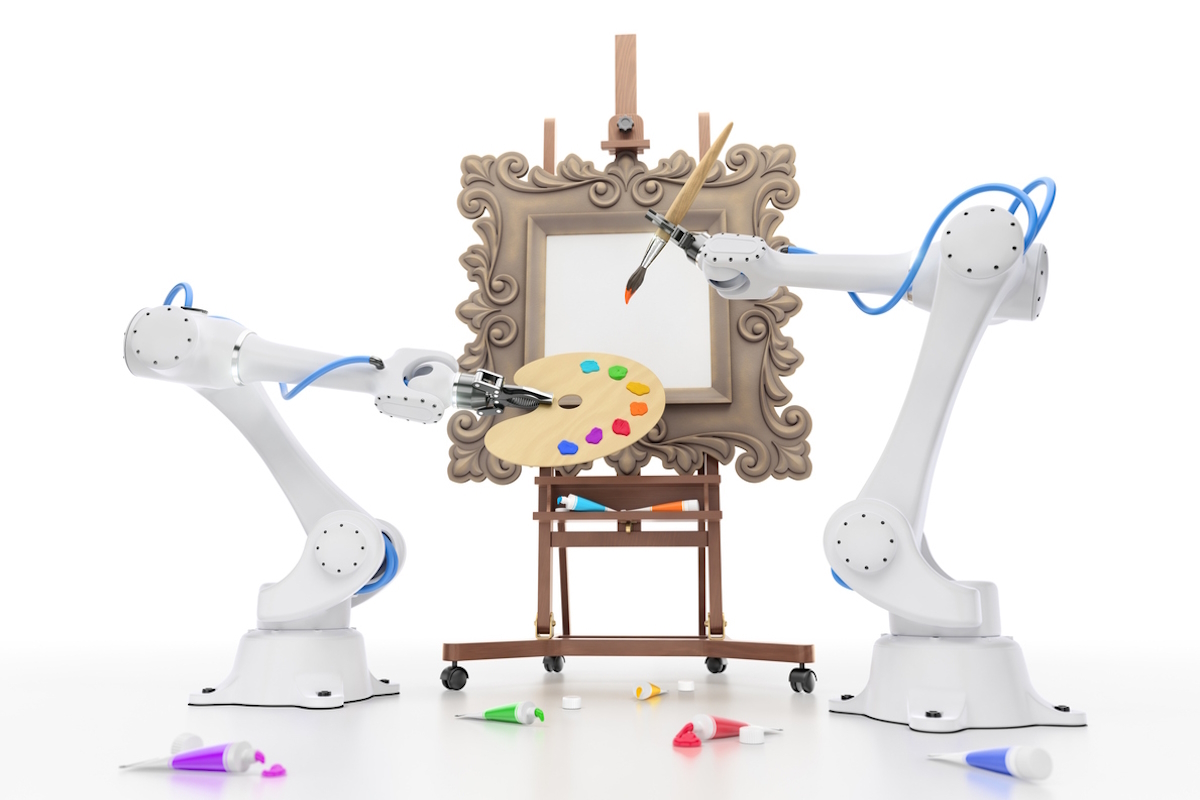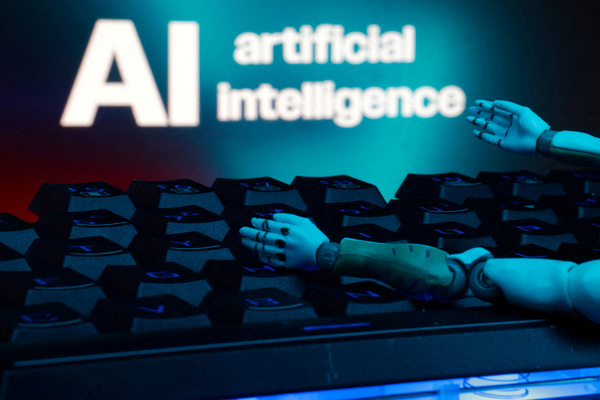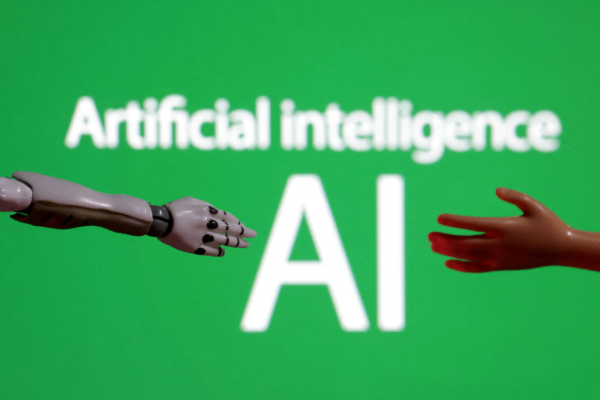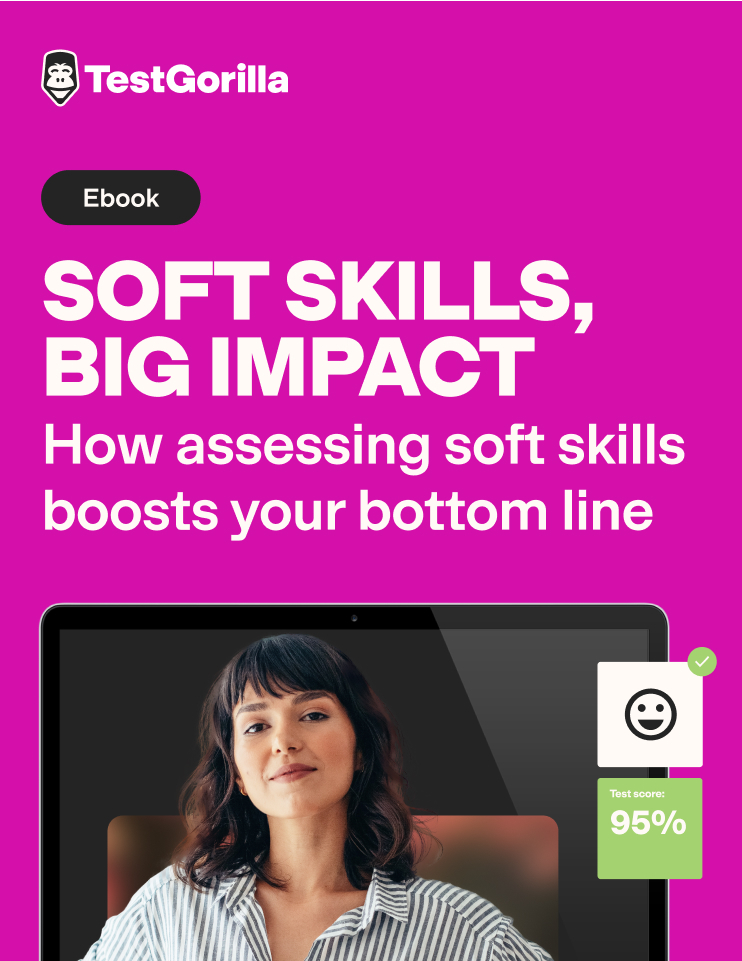Can Generative AI really be creative?

Caspar Lam and YuJune Park, both at Synoptic Office and Parsons School of Design, describe what businesses can learn about generative AI from the creative and education fields
Generative AI – referring to algorithms that can create new content such as images, video, simulations, text, and audio – is at a crossroads. Some say large language models (LLMs) have somewhat peaked with diminishing returns on investment, while others herald the coming of artificial general intelligence (AGI), predicted to surpass human ability and creativity within the next five years.
The question now, is: How creative does AI have the potential to be, and can it have a more front-facing role beyond the ‘tip of the iceberg’ functionality it currently touches?
Learnings in personalisation from education
In the creative design and education spheres, the answer is yes – it already is. We are just at the precipice of revolutionary ways of working and creating which will have huge implications for the wider business world.
As professors of design, we have a close eye on the use of generative AI in education applications. Success stories here include Duolingo offering students tools to converse in their chosen language with different ‘personas’. Using OpenAI’s GPT-4, the app facilitates conversations in a natural tone of voice and delivers highly personalised feedback and lessons.
The success of applications like Duolingo – also Khan Academy’s Khanmigo, and Cognitive Tutor by Carnegie Learning that offers similar capabilities – suggests that machine learning has the potential to offer tailored learning experiences delivered via a personalised ‘bot in your pocket’.
Personalisation and optimisation using generative AI also offers retail and consumer brands huge scope to tailor customer experiences. Consider how Amazon boosts listing visibility, neatly summarises review comments, and now offers a generative AI-powered conversational shopping assistant, ‘Rufus’, answering US customers’ questions within its Shopping app. The business uses a savvy test and learn approach to assess potential risks and benefits of new AI tools. Rolling them out discretely, it observes and adapts their implementation based on how users respond to changes in its interface.
But, some warn, organisations need to be clear about the problem they’re trying to solve with AI and who they choose to partner with. The Los Angeles Unified School District’s much anticipated chatbot, ‘Ed’, ended up as a cautionary tale about the limitations of AI in, and potentially beyond, the education sector.
Additionally, while the technology is still so new, it’s hard to discern which suppliers have the capacity to make customised products that work. Taking an iterative approach is recommended; think Figma testing out the risks and benefits of new AI functionality in beta formats to a select user base before rolling it out more widely.
Creative lessons from the design sector
In the design industry, AI is now being used as an extension of a designer’s method of making, with significant implications for other sectors. Until recently, some argued that AI couldn’t be creative. The reality is, human beings are still trying to learn how to have a co-creative relationship with machines.
To make the best creative use of machine learning, DJ-turned-professor Nao Tokui recommends opening a dialogue with AI tools. When we shift our perception from input and output to an ongoing conversation, what Tokui calls “surfing with AI”, we invite greater creativity and potential.
For now, in the design world, tools like ChatGPT, Dall-E, Canva Magic Design and Figma’s Jambot, FigJam AI Generate are largely being used to automate mundane tasks and create more efficient workflows, their biggest impact being felt in the ideation, iteration and editing processes.
AI brings exponentially increased efficiency in tasks such as video and image editing and adapting design to be responsive across screen sizes – but viewing the impact of AI through an overly narrow lens for image and video creation alone limits its potential.
Applied beyond design, machine learning offers the ability for more efficient and advanced idea generation. This could be applied to brainstorming new business ideas, for teaching the basics of repeatable skills, and to help with sifting through and finding patterns in data.
Famously, in 2021, Deep Mind used machine learning to give 3-D structures to 350,000 proteins, and AI continues to accelerate drug discovery. In the energy and engineering realms, AI is making the power grid faster and more resilient – some say up to 40% more efficient – and led KoBold Metals to discover the largest new copper deposits in a decade.
Context and nuance
A significant and somewhat existential question being posed in creative fields is whether AI can identify and solve problems. The answer is yes, alongside the nuanced human understanding and context needed to ask the right questions and interpret solutions.
Take user interface (UI) and user experience (UX) design, where machine learning can use established design conventions and patterns to swiftly offer website solutions. The question then remains, does it solve the UX problem well? Is it creative, efficacious, and will it help the business stand out in its category? These are all questions that call for an expert, experienced eye, an ability to connect dots, and often a nuanced relationship with a client or customer.
Somewhat paradoxically, our limited grasp of AI and its potential may be its greatest inhibitor. The goal seems to be the creation of outputs that most closely resemble human outputs; we are still evaluating AI via our own standards of judgement, and this may not be the best way.
Currently, LLMs still have some weak spots, presenting issues around inaccuracy and “hallucinations”, while infrastructure and training costs raise questions of diminished returns. Their scope within organisations is largely consigned to capturing and driving efficiencies in back-end functions such as customer service, sales pipelines, personnel management software, and optimising existing operations.
All that said, there have been recent leaps in personalisation and, beyond LLM, ongoing success in machine-learning tools trained on very specific data sets meant for processing data faster than humans ever could.
A seismic paradigm shift
While speculation about how businesses should be using generative AI plays on, given the speed at which it is advancing, many large organisations are planning for multiple scenarios. These include the apocalyptic advance of AGI, the steady onwards march of LLMs, and everything in between.
A sensible, measured way forward is to get a firm grasp on which sections of your workflow will be upended and how to mitigate any risk of disruption. Experiment with the technology as it evolves. Adapting the tech to different internal use cases in specific parts of the business will help it best prepare for what’s to come.
Finally, we must be willing to move on more generally from an input-output model of technology. The prospect of advancing AI is so transformative, we’ll need to open our minds to truly maximise its potential.
Caspar Lam is a Partner at Synoptic Office and Assistant Professor of Communication Design at Parsons School of Design; YuJune Park is a Partner at Synoptic Office and Associate Professor at Parsons School of Design
Main image courtesy of iStockPhoto.com and Artystarty

Business Reporter Team
Most Viewed
Winston House, 3rd Floor, Units 306-309, 2-4 Dollis Park, London, N3 1HF
23-29 Hendon Lane, London, N3 1RT
020 8349 4363
© 2025, Lyonsdown Limited. Business Reporter® is a registered trademark of Lyonsdown Ltd. VAT registration number: 830519543





